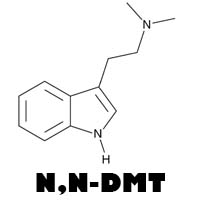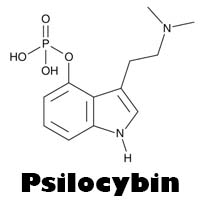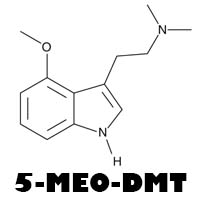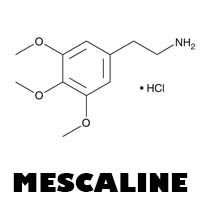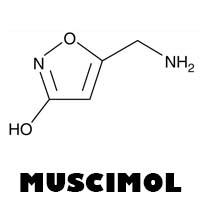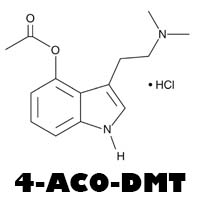The Latest Research on Psychedelics and Brain Function
Psychedelics have captivated the scientific community with their potential to unlock new understandings of brain function and consciousness. Recent research has provided fascinating insights into how these substances affect the brain, offering promising implications for mental health treatment and cognitive enhancement. In this article, we'll explore the latest findings on psychedelics and brain function.
How Psychedelics Affect the Brain
Psychedelics primarily interact with the brain's serotonin receptors, particularly the 5-HT2A receptor. This interaction leads to increased neural connectivity and altered communication patterns, which can result in profound changes in perception, cognition, and emotion.
Key Areas of Research
Recent studies have focused on several key areas to understand the effects of psychedelics on brain function:
1. Neural Connectivity and Plasticity
Research has shown that psychedelics can enhance neural connectivity and promote neuroplasticity—the brain's ability to reorganize and form new neural connections. Studies using brain imaging techniques, such as fMRI and PET scans, have revealed that psychedelics increase connectivity between different brain regions, leading to a more integrated and flexible brain network.
2. Default Mode Network (DMN) Activity
The Default Mode Network (DMN) is a network of brain regions associated with self-referential thinking and the "default" state of consciousness. Psychedelics have been found to decrease DMN activity, which can lead to a reduction in ego-centric thinking and an increase in a sense of interconnectedness and unity.
3. Emotional Processing
Psychedelics can significantly affect emotional processing by modulating brain areas involved in emotion regulation, such as the amygdala and prefrontal cortex. Studies have shown that psychedelics can reduce activity in the amygdala, which is associated with fear and anxiety, leading to improved emotional well-being.
4. Therapeutic Potential
The therapeutic potential of psychedelics is a major focus of current research. Studies have demonstrated promising results for the use of psychedelics in treating conditions such as depression, anxiety, PTSD, and addiction. Psychedelics can facilitate emotional breakthroughs and provide new perspectives that are often difficult to achieve with traditional therapies.
Recent Studies and Findings
Several recent studies have advanced our understanding of psychedelics and brain function:
5. Psilocybin and Depression
A study published in The New England Journal of Medicine found that psilocybin-assisted therapy was effective in reducing symptoms of major depressive disorder. Participants who received psilocybin showed significant improvements in depression scores compared to those who received a placebo.
6. MDMA and PTSD
Research conducted by the Multidisciplinary Association for Psychedelic Studies (MAPS) has shown that MDMA-assisted therapy can significantly reduce PTSD symptoms. In a phase 3 clinical trial, 67% of participants no longer met the criteria for PTSD after three sessions of MDMA-assisted therapy.
7. LSD and Creativity
A study published in Psychopharmacology explored the effects of LSD on creativity. The results indicated that LSD could enhance creative thinking by increasing divergent thinking and cognitive flexibility, which are key components of creativity.
Implications for Mental Health Treatment
The findings from recent research have significant implications for mental health treatment. Psychedelics offer a novel approach to treating various psychiatric conditions by facilitating emotional processing, enhancing neural plasticity, and providing new perspectives. As research continues, psychedelics may become an integral part of mental health care.
Conclusion
The latest research on psychedelics and brain function is uncovering exciting possibilities for understanding consciousness and improving mental health. By enhancing neural connectivity, modulating brain networks, and facilitating emotional processing, psychedelics offer promising avenues for therapeutic intervention and cognitive enhancement. As the scientific community continues to explore these substances, the potential benefits for society are vast and transformative.
Suggested Images for the Blog Post
- Neural Connectivity: Brain scans showing increased connectivity under the influence of psychedelics.
- Default Mode Network: Diagrams of the DMN and its activity changes with psychedelics.
- Emotional Processing: Images representing brain regions involved in emotion regulation.
- Therapeutic Potential: Photos of therapy sessions using psychedelics.
- Recent Studies: Visuals summarizing key findings from recent research on psilocybin, MDMA, and LSD.
